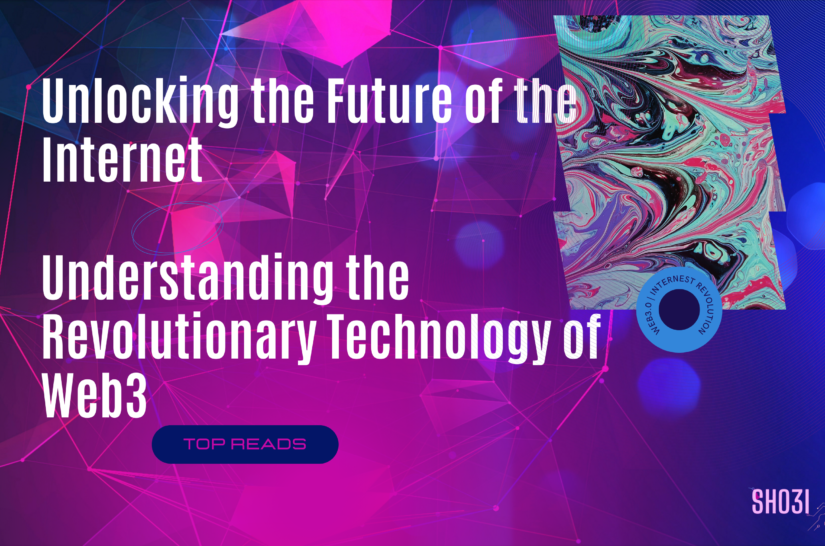Understanding the Revolutionary Technology of Web3
THE WORLD OF WEB 3 #EDTECH
Web3, also known as the decentralized web or the blockchain web, is the next generation of the internet that promises to be more secure, open, and user-controlled. It builds on the existing internet infrastructure but uses blockchain technology to enable a more decentralized, peer-to-peer network that is not controlled by any central authority.
To understand Web3, it is essential to know what came before it. The first generation of the internet, known as Web1, was primarily a static network of web pages that users could only browse. The second generation of the internet, known as Web2, brought about the era of dynamic web applications, social networking, and e-commerce, where users could interact with each other and perform various actions on the web.
Web3, on the other hand, is a new era of the internet that leverages the blockchain technology to create a more decentralized and user-controlled web. It is built on the principles of decentralization, open-source, and transparency, and is designed to eliminate the need for intermediaries like banks, social media platforms, and other centralized entities.
JOURNEY OF WEB2 TO WEB3!
The most significant difference between Web2 and Web3 is the use of blockchain technology. Blockchain is a decentralized ledger that records all transactions on a network and is designed to be secure, transparent, and tamper-proof. In Web3, blockchain is used to store data and power decentralized applications that can run without the need for a central authority.
Web3 applications are known as decentralized applications, or dApps. They are designed to be open-source, transparent, and run on a decentralized network of computers. They are not controlled by any central authority and operate on a trustless network, which means that users do not have to trust any intermediary to verify their transactions.
One of the most popular examples of Web3 is cryptocurrency. Cryptocurrencies like Bitcoin and Ethereum are digital assets that are powered by blockchain technology. They are decentralized, meaning that they are not controlled by any central authority like a bank or government. Instead, they operate on a peer-to-peer network of computers that validates and records transactions on the blockchain.
Web3 also promises to revolutionize other industries like supply chain management, healthcare, and voting. For example, supply chain management can be made more transparent and efficient by using blockchain to track the movement of goods and verify their authenticity. In healthcare, blockchain can be used to securely store and share medical records, ensuring patient privacy and security. In voting, blockchain can be used to create a transparent and tamper-proof voting system that is free from fraud and manipulation.
The potential of Web3 is enormous, and it is still in its early stages. As more developers and entrepreneurs explore the possibilities of Web3, we are likely to see an explosion of decentralized applications that could transform the way we interact with each other and do business online.
CONCLUSION
In conclusion, Web3 is a new era of the internet that promises to be more decentralized, transparent, and user-controlled. It uses blockchain technology to power decentralized applications that run on a trustless network without the need for intermediaries. Web3 has the potential to revolutionize various industries and create new opportunities for innovation and entrepreneurship. As we move forward into the future, it is essential to stay informed about Web3 and its potential impact on our lives.

